Imagine this: you’ve been playing the multiplayer portion of BioWare’s newest sci-fi RPG Mass Effect: Andromeda. You managed to get past all the waves with your three other friends, and the game awards you with credits. You go to the in-game store, and purchase a crate of random consumables, weapons, and characters, because you can’t buy them any other way. You hold your breath, hoping for a Dhan shotgun or an Asari Duelist, because they’re both good, and you want to play with them. But, no. All you get is a lousy Shadow sniper rifle, which still sucks, even after they buffed it last patch.
You could go back to the grind, running Gold-tier missions and buying packs, but there’s another option: spend more real-world money to buy more random packs. You’ve already spent $60 (or more, if you got the special edition) on the game; what’s a few dollars more for a chance at what you really want to play with?
Such is the insidious nature of the “freemium” pricing strategy, where often, the player who pays the most has the best gear.
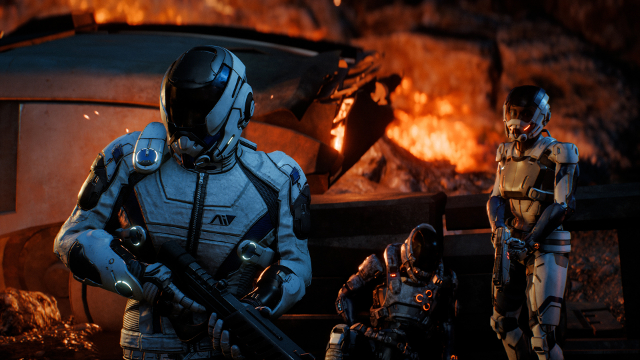
In many free mobile games – and an increasing number of free PC and console titles – you can play as much as you want until the grind gets to you. Or the game difficulty spikes. Or the PvP aspect of the game sees you getting trounced because other players have better gear. Then, the game’s offering of special currency – gems, crystals, Andromeda Points, steel – looks a whole lot more tempting. Maybe if you only spent $10?
Where before, this type of pricing strategy was reserved to just “freemium” games, it has crept silently into AAA titles like Mass Effect: Andromeda, For Honor, and Overwatch.
To be fair, Overwatch’s Loot Boxes only contain cosmetic items: new skins, new voices, dances, and the like. Where Overwatch is different, however, is in its seasonal events. For 21 days last August, Overwatch had its first seasonal event based on the 2016 Olympic Games. Players could earn sports-themed items, but only during the event. Likewise for the Halloween, Winter, Chinese New Year, Uprising, and the current Anniversary event.
Normally, gamers should have no issue with cool new skins for their favorite characters. But the limited time span of events means that if you don’t get the skin or voice that you want in the first couple of weeks of the event, the pressure to spend real money on a digital roulette machine mounts.
D.Va’s new skin from Overwatch’s Anniversary Event — Playoverwatch
For Honor’s Scavenger Crates, on the other hand, don’t just contain cosmetic items. Players can customize their armor and weapons with the items found in the Crates to change how they play their class. Each piece of armor – arms, chest, and helm – and weapon part – guard, hilt, and blade – have separate stats that you can adjust with scavenged gear. It’s actually a cool idea, as you can shift around the three stats for each piece to suit your playstyle, but your options when just starting the game are limited.
Want to be able to block more? Find a new chest piece. Want to reduce the stamina cost of attacks? Find a new blade. The problem here is, again, randomization. You’re absolutely not guaranteed to find the armor or weapon upgrade you want, and if you want that upgrade bad enough, there’s always the option to spend upwards of $100 on Steel, For Honor’s in-game currency. And Steel doesn’t just get you more Scavenger Crates; you can purchase new execution animations, emotes, cosmetic options, and even new warriors to play with. The constant pressure to buy Steel is always there, especially if you haven’t gotten what you wanted out of a Scavenger Crate.
The Centurion, one of two new warriors in For Honor — Ubisoft
Before we get to this article’s worst offender, I want to acknowledge something about gaming in general. The trend in gaming is leaning toward a “games as a service” attitude; almost every game that comes out has a dedicated “live team,” a group of developers, coders, and artists that continue to create new content, patch the game, and push out balance passes. Overwatch has received three new heroes (Ana, Sombra, and Orisa), For Honor gave players the Centurion and Shinobi after its first season of battles, and Mass Effect: Andromeda released three new multiplayer classes (Krogan Gladiator, Salarian Architect, and Turian Agent) and a new weapon (X-5 Ghost).
These content drops cost developers time and money, but here they are, available to anyone who bought the base game. Developers can’t continue to support live teams indefinitely. Sure, they might receive money from the producer, but without more cash coming in from the player base, the live team can’t keep updating the game.
Free updates or not, the worst offender on this list is Mass Effect: Andromeda. Specifically, it’s multiplayer component. Free from the constraints of balancing individual classes and weapons against each other, as would happen in a PvP game, Andromeda’s co-op multiplayer forces players to grind out wave after wave of enemies to earn MP Credits. Earn enough, and you can buy a Crate of random consumables, weapons, and character ranks. The more money you spend, the higher chance you have of getting an Ultra-Rare weapon or character.
And, in case you’re curious, the Ultra-Rare weapons and characters do have the best stats and abilities in the game. If you want them, you’ll have to buy Premium Crates, which cost 100,000 MP Credits (essentially two games on the hardest difficulty), or 300 Andromeda Points. Spend over $100 in real money, and you can buy 40 Premium Crates, which guarantees 4 Ultra-Rare items (the game has a 1-in-10 guarantee for Ultra-Rares with Premium Crates) and quite a few more rare items.
The Turian Agent, a new multiplayer class in
Mass Effect: Andromeda –MassEffect.com
The real issue here is that characters and weapons are ranked from 1 to 10. Weapons get more powerful as you rank them up — by opening more Crates. Characters have color customization and skill points locked behind ranks as well, meaning their full potential won’t be met, even if you level them up. The only way to get more ranks is to buy more packs. So the Ultra-Rare weapons and classes you so desperately want (because they’re better) turn out to be worse than they should, because you have to unlock more ranks by opening more Crates.
With 5 Ultra-Rare characters and 13 Ultra-Rare weapons, your chances of getting what you want from a Premium Crate — let alone getting a single character or weapon to rank 10 — are extremely slim without hundreds of hours of playing … or hundreds of dollars.
These types of pricing strategies attached to $60 AAA titles are nothing short of exploitative, and in the long run, harmful to the industry; if a developer wants to keep up, they have to adopt the same strategies to continue making money.
Where does this trend end? Will we start seeing more and more game content locked behind random packs that you have to purchase? Let us know your thoughts in the comments.

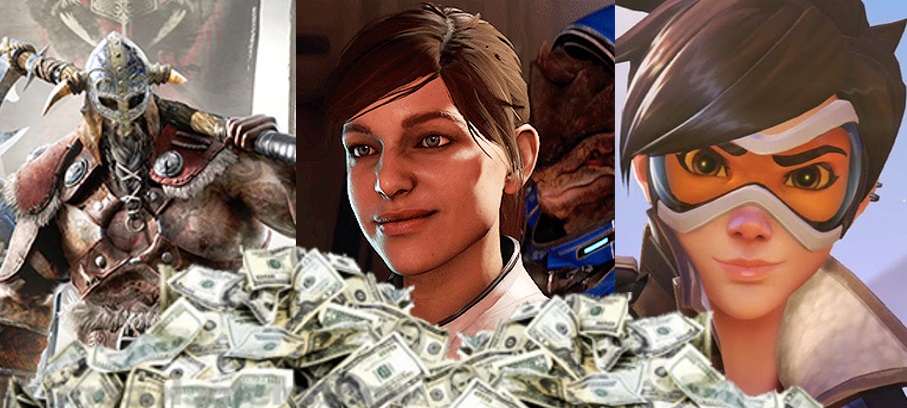
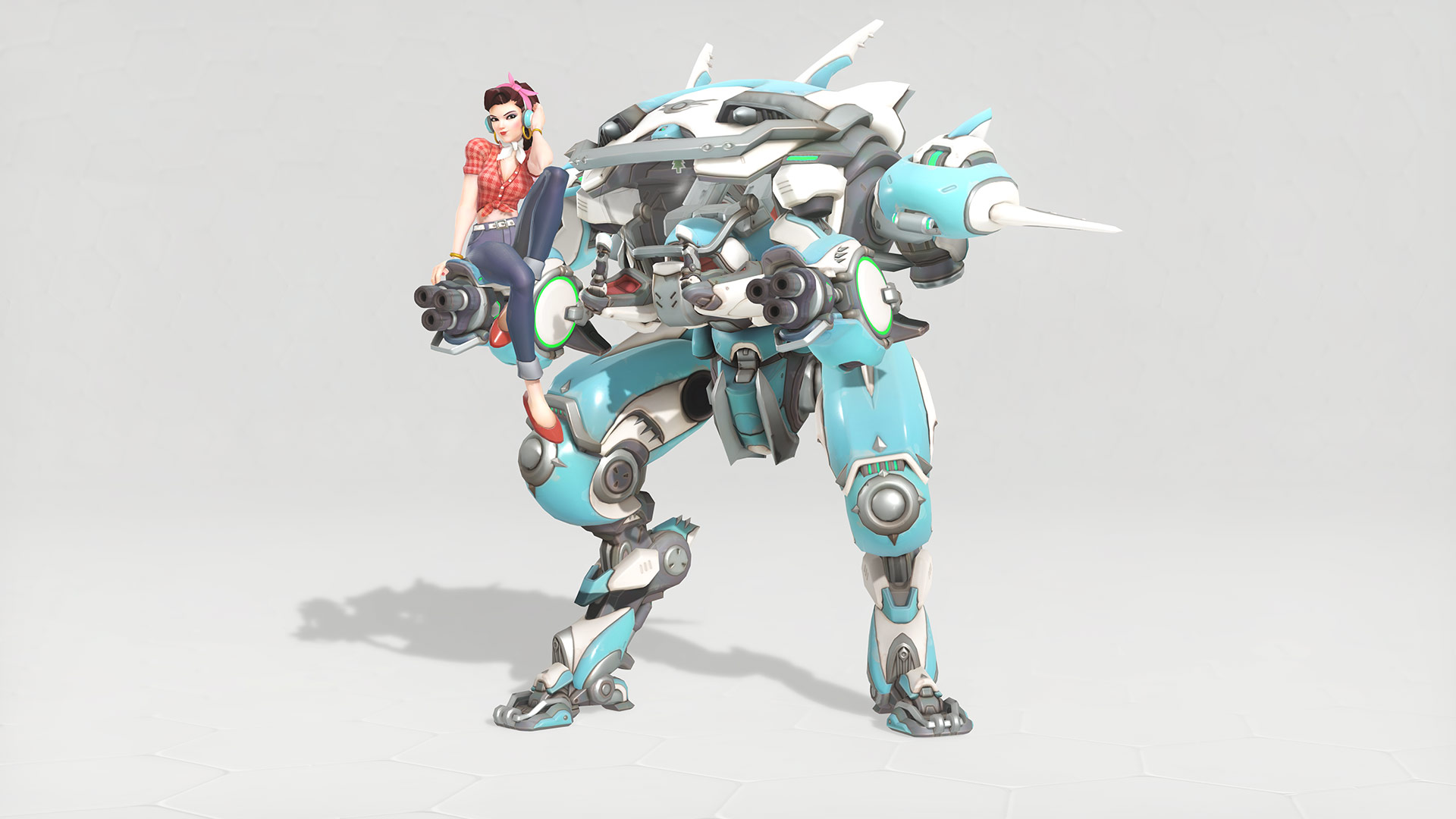
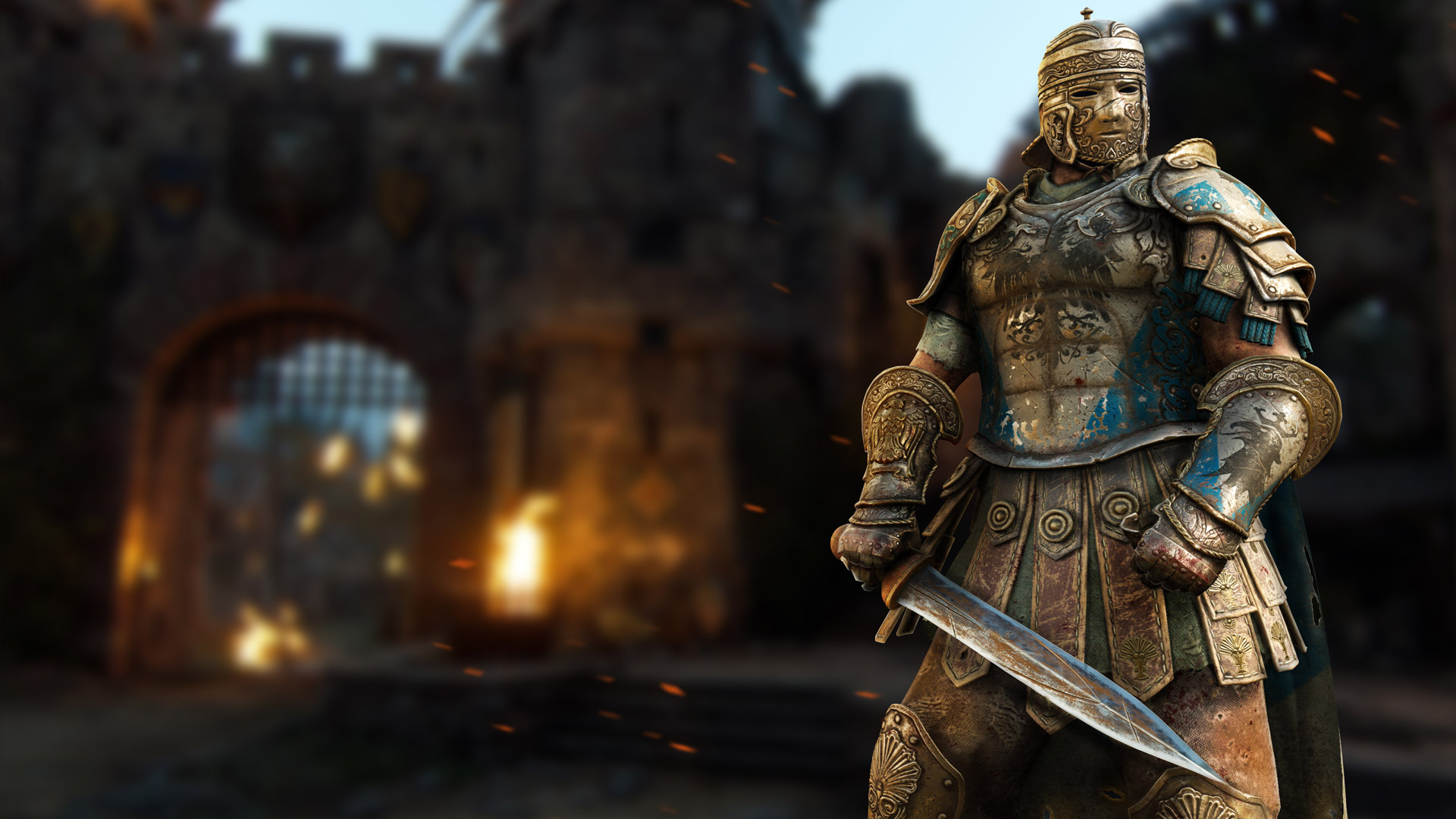
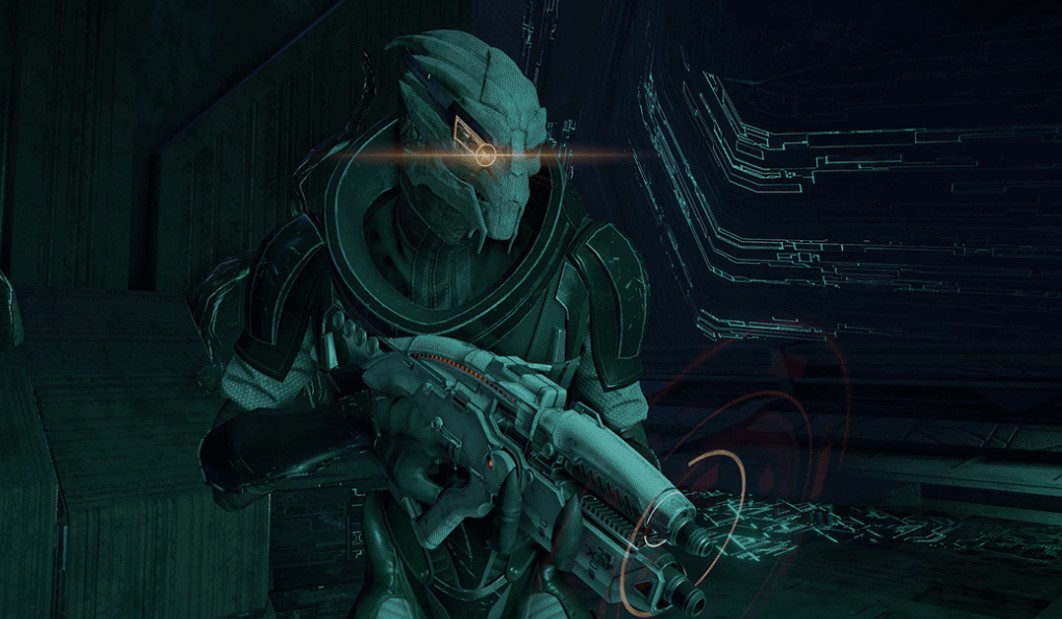





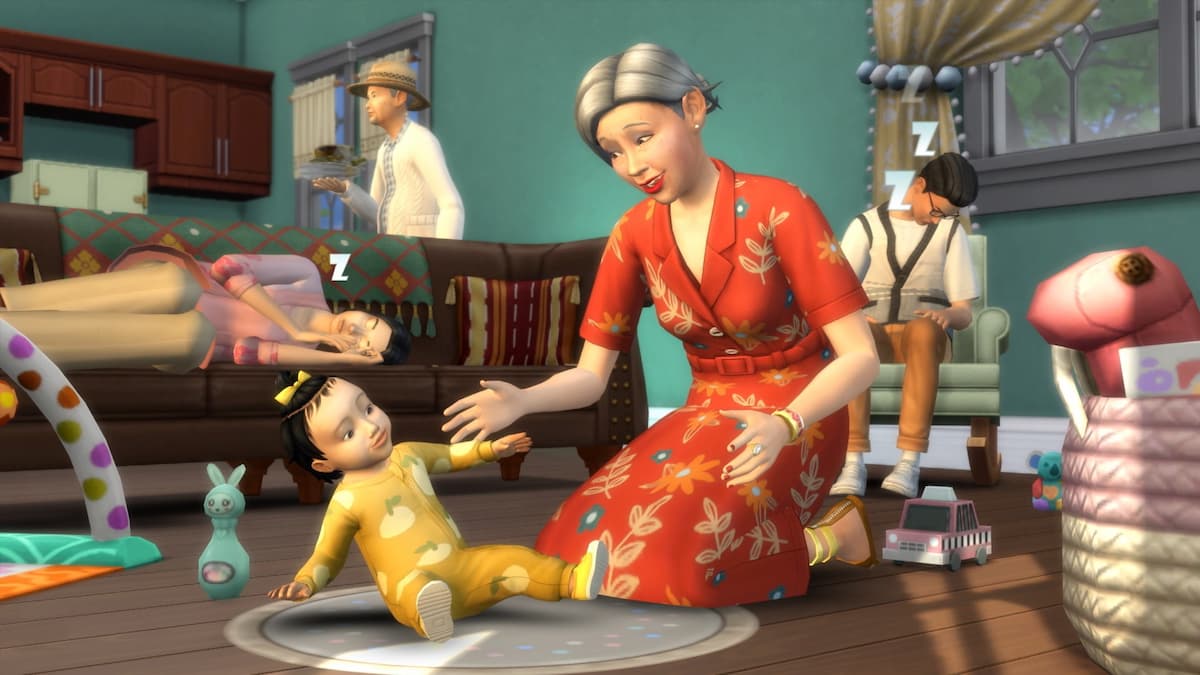
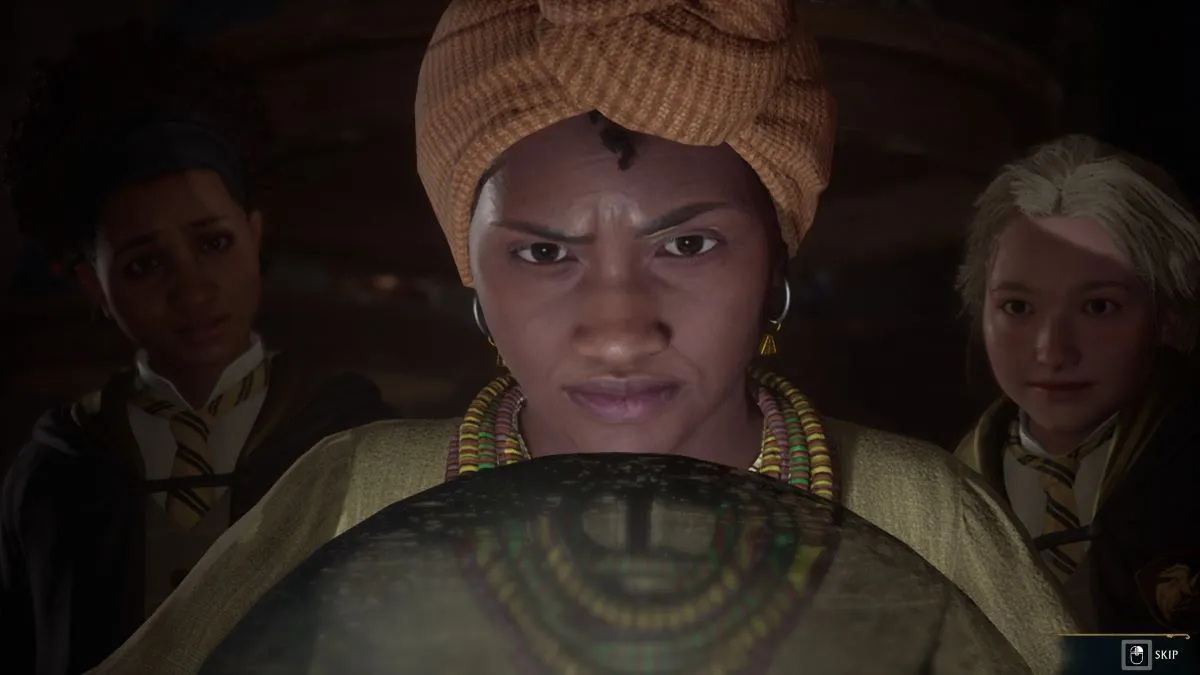
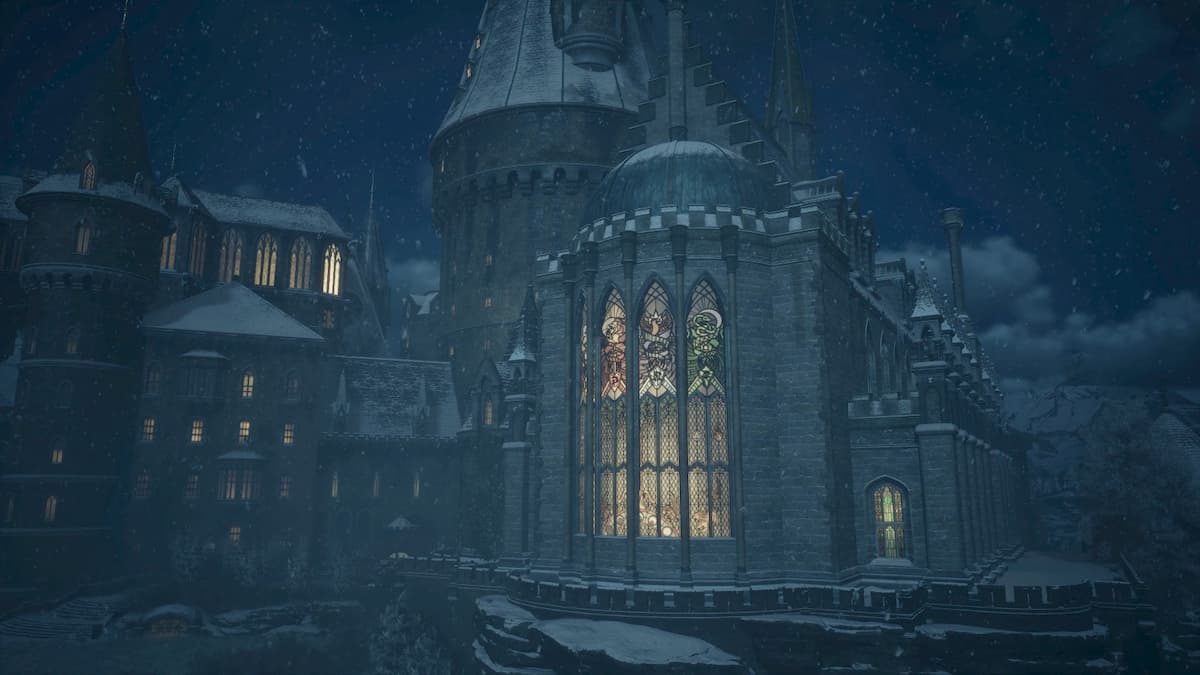
Published: Jun 1, 2017 12:50 pm